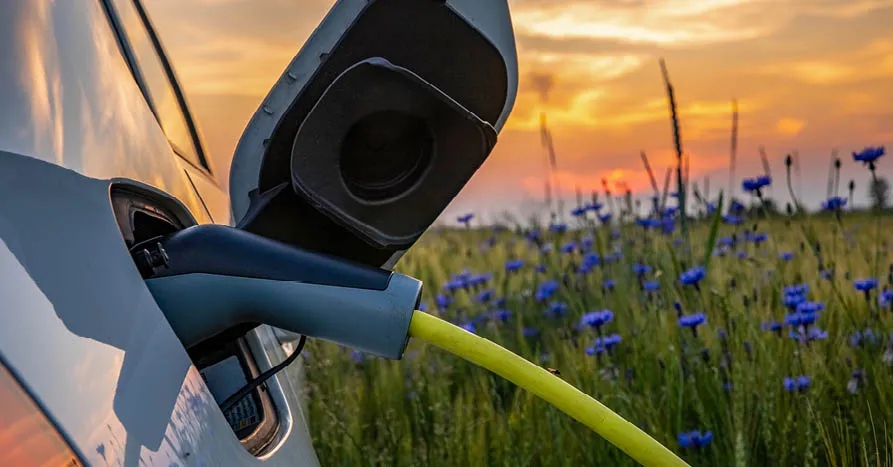There is growing interest in sustainability and green vehicles. Are customers truly moving away from gas-fueled vehicles in favor of EVs and sustainability?
The automotive industry may be more nuanced than most given the ubiquity and variety of vehicles. However, consumer purchasing behavior still follows observable trends as with any other sector. This remains true even as the narrative in the automotive space shifts towards sustainability, given the inevitable proliferation of EVs.
The results from our Global Sustainability Study reaffirms this notion. When isolating for income, age, and gender demographics, traditional value drivers (e.g., price, reliability, quality, functionality) reign supreme, while sustainability related factors emerge as secondary concerns. In fact, the bottom two value drivers for auto purchases overall are environmental sustainability and promoting a positive green image. Even when consumers were asked to rank the importance level of elements within sustainability, lifespan was the most important factor. The more fundamental sustainability topics such as emissions and waste, recyclability, and quantity of resources used were ranked lower. Simply put, consumers still want great cars in the traditional sense first, with sustainability being an added advantage rather than the core draw of a vehicle.
Does this mean that consumers have wholly rejected sustainability and that OEMs should placate this anti-green purchase behavior? Not quite.
In fact, the outlook for automotive sustainability (and, in turn, EVs) remains strong so long as automakers are strategic in how they market, position, and sell these products in the short-term. With this in mind, we can delve into the implications of our Sustainability Study for OEMs, and how these manufacturers can approach their EV strategy in the short-term to maximize their chance of success.
Unlike many automotive innovations and emerging technologies, consumers have not been the sole catalyst for change in the EV revolution. Instead, a confluence of governmental legislation and pledges from OEMs have charted this new direction. While practical benefits like gas savings and a lower cost of ownership make EVs an attractive product, there are also many drawbacks from the consumers’ perspective. The downsides to owning an EV include range anxiety, charging infrastructure (or lack thereof), and unknown depreciation curves. That is not to say that consumers will not accept EVs, but more a reassertion that vehicles will not be able to rely on only their sustainability proposition. Again, consumers demand a good car first. With this in mind, there are only two key implications for OEMs that we would like to outline
- If you can’t compete on price, justify with added value: US auto consumers are value driven, evidenced by “Price” being the leading value driver in purchase decisions. In the status quo, price parity between sustainable vehicles (EVs, and to an extent PHEVs) and ICE counterparts has not totally been reached. As such, offering additional technology, performance, features, and other benefits that touch on traditional value drivers will persuade consumers to spend more on what they view as a premium product. For example, a top-selling EV is marketed as being technologically-forward and “ludicrously quick”, rather than simply as a sustainable option. The tech and performance value drivers help to bolster the value proposition for a vehicle that is priced among the highest-end sport sedans.
- Durability and lifespan of sustainable offerings cannot be ignored: Consumers have made it clear that their car’s longevity and reliability are factors that they will not sacrifice, especially as a tradeoff for sustainability. Consumer misgivings stemming from battery performance in extreme weather, battery deterioration, and electronic malfunctions are valid, but have largely been addressed since EVs first hit the market. Thus, advancements in these areas needs to be a core piece of marketing in order to win over new customers. OEMs can take action by offering service packages, advantageous warranties, and other forms of customer protection from rare failures. These measures can occur in addition to advertising the simplified and reliable drivetrains inherent to EVs. Pushing a narrative of reliability will help turn a perceived potential weakness into a core selling point for customers considering EVs.
Despite the relative apathy towards sustainability in comparison to traditional factors, sustainable vehicles are continuing to gain relevance in our world. In order to keep up, automakers must clearly indicate to the public that their EVs are a competitive choice because they are traditionally great vehicles, in addition to be sustainable.
Stay tuned for installment two of this four-part series, where our Energy experts will discuss the impact of fluctuating gas prices on consumer sentiment towards electric vehicles.
Contributing Team:
- Matthew Reich, Consultant








